EXPLORE THE DIVERSE AND BREATH TAKING TOURISTS SITES ACROSS EAST AFRICA
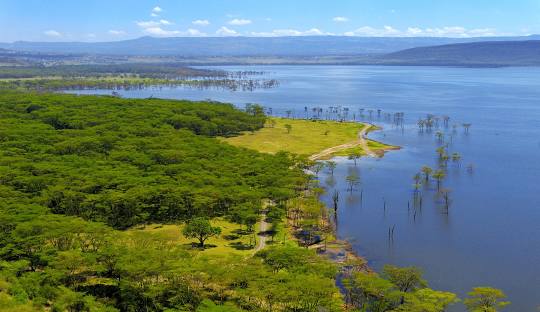
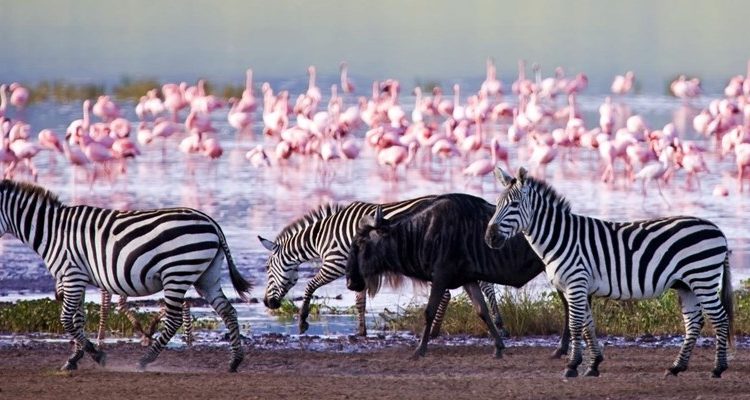
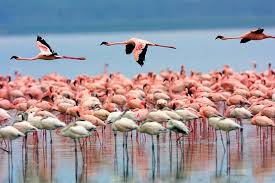
LAKE NAKURU NATIONAL PARK KENYA:
Lake Nakuru National Park, located in Kenya's Rift Valley, has a rich history that reflects its evolution from a bird sanctuary to a renowned national park.
Early Conservation Efforts
In the 1950s, the area around Lake Nakuru was recognized for its significance as a habitat for migratory birds, particularly flamingos. To protect these birds and reduce pollution in the lake, the region was designated as a conservation area in 1957.
Establishment as a Bird Sanctuary
In 1961, the southern two-thirds of the area was officially declared a bird sanctuary, focusing on the protection of flamingos and other avian species.
Expansion into a National Park
Recognizing the ecological importance of the area, Lake Nakuru was gazetted as a national park in 1968. This designation allowed for broader conservation efforts, including the protection of various wildlife species.
Rhino Sanctuary
In 1987, the park was declared a rhino sanctuary, providing a safe haven for both black and white rhinos. This initiative has been crucial in the conservation of these endangered species.
Current Status
Today, Lake Nakuru National Park spans approximately 188 square kilometers and is renowned for its diverse wildlife, including lions, leopards, giraffes, and a variety of bird species. The park continues to play a vital role in conservation and attracts visitors worldwide.
Lake Nakuru National Park's history reflects Kenya's commitment to preserving its natural heritage and biodiversity.
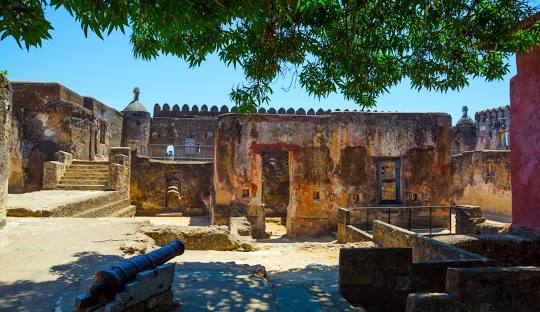
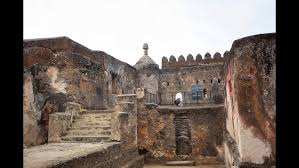
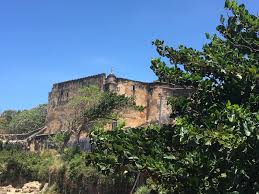
FORT JESUS KENYA:
Fort Jesus, located in Mombasa, Kenya, is a historic fortress with a rich and varied past. Constructed by the Portuguese between 1593 and 1596, it was designed by Italian architect Giovanni Battista Cairati to protect the port of Mombasa and secure Portuguese trade routes to India. The fort's design, inspired by Renaissance military architecture, features a distinctive shape resembling a man lying on his back, with four bulwarks at its corners.
Over the centuries, Fort Jesus has changed hands multiple times. In 1698, the Omani Arabs captured it after a prolonged siege, marking the end of Portuguese control in the region. The Omanis occupied the fort until 1728, after which it was briefly recaptured by the Portuguese. In 1741, the fort fell under local rule, and in 1837, it was again captured by the Omanis, who used it as a barracks. The British took control in 1895, converting it into a prison.
In 1958, Fort Jesus was declared a national monument, and in 2011, it was inscribed as a UNESCO World Heritage Site, recognized for its outstanding preservation and historical significance. Today, it serves as a museum, showcasing artifacts and exhibits that narrate the diverse history of the fort and the region.
Fort Jesus stands as a testament to the complex history of Mombasa and the broader East African coast, reflecting the interplay of various cultures and powers over the centuries.
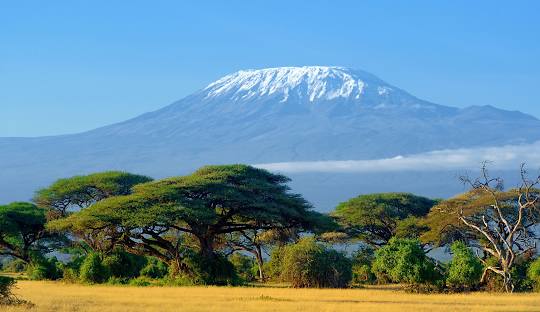
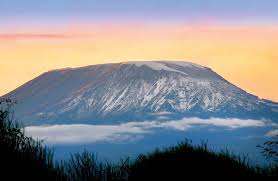
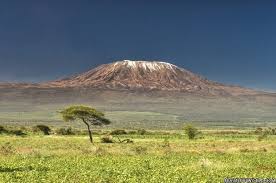
MOUNT KILIMANJARO, TANZANIA:
Mount Kilimanjaro, located in northeastern Tanzania near the Kenyan border, is Africa's highest peak, standing at 5,895 meters (19,340 feet) above sea level.
Geological Formation
Kilimanjaro is a dormant stratovolcano that emerged over 2 million years ago. It comprises three volcanic cones: Kibo, Mawenzi, and Shira. Kibo, the highest, features the Uhuru Peak, the mountain's summit. Mawenzi and Shira are now extinct and eroded.
Cultural Significance
The mountain holds deep cultural importance for the Chagga people, who have inhabited its southern and eastern slopes for centuries. They have developed unique agricultural techniques and rich oral traditions centered around the mountain.
European Exploration
In 1848, German missionary Johannes Rebmann became the first European to report Kilimanjaro's existence. Subsequent expeditions, including those by Baron Karl Klaus von der Decken and Hans Meyer, faced numerous challenges. On October 6, 1889, Meyer and Austrian mountaineer Ludwig Purtscheller successfully reached the summit of Kibo, marking the first confirmed ascent.
Modern Significance
Today, Kilimanjaro is a UNESCO World Heritage Site and a popular destination for climbers worldwide. Its diverse ecosystems, ranging from tropical rainforests to alpine deserts, attract researchers and tourists alike. However, the mountain's glaciers have been retreating due to climate change, raising concerns about their future.
Mount Kilimanjaro's rich history, cultural significance, and natural beauty continue to captivate people globally, symbolizing the enduring spirit of exploration and the challenges of preserving natural wonders.
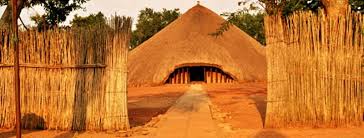
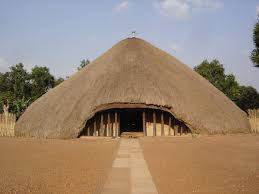
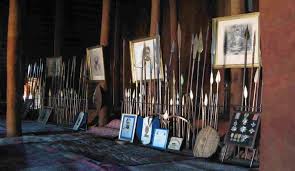
TOMBS OF BUGANDA KINGS AT KASUBI UGANDA:
The Kasubi Tombs, located on Kasubi Hill in Kampala, Uganda, are a significant cultural and historical site, serving as the burial grounds for four Kabakas (kings) of the Buganda Kingdom. Established in 1882, the site has been recognized for its architectural and cultural importance.
Historical Background
In 1882, Kabaka Muteesa I, the 35th king of Buganda, chose Kasubi Hill as his burial site, setting a precedent for future kings. Subsequently, three other kings were interred there: